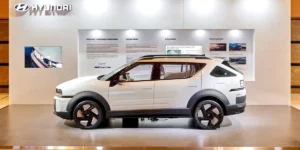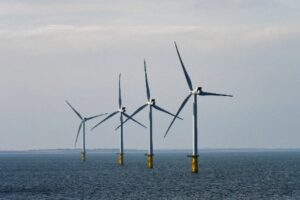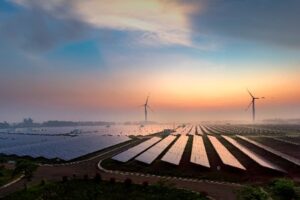Half of all clean hydrogen produced globally could be transported long-distance by 2030, says Hydrogen Council

Half of all global clean hydrogen production could be transported long-distance in 2030 as buyers seek to access to the cheapest possible H2 — but slower-than-expected progress on global decarbonisation has tempered overall hydrogen demand, according to a gloomy report from industry trade association the Hydrogen Council.
In a new “summary report” into global H2 trade, Global Hydrogen Flows 2023 Update, published yesterday (Thursday), the Hydrogen Council speculated that global clean hydrogen production would reach 40 million tonnes by 2030, with 20 million tonnes transported between continents.
This is a downgrade from the 70 million tonnes by 2030 it predicted in its 2022 report, due to a change in the modelling assumptions chosen by Hydrogen Council and its co-authors, consultancy McKinsey.
The new “Further Acceleration” (FA) reference case for its modelling works on the assumption that net-zero targets are missed, resulting in subdued demand for clean hydrogen and a global temperature rise of 1.9°C by 2050.
The report also envisages 375 million tonnes of clean hydrogen demand by mid-century, down from the 660 million tonnes it expected last year.
The FA reference case was developed by McKinsey following interviews with 152 international energy experts and executives as part of the consultancy’s Global Energy Perspective initiative, which indicated that the world was on a trajectory to miss the net-zero targets envisaged by the Hydrogen Council in its previous reports.
Article continues below the advert
The association has not abandoned its net-zero reference case for use across its other work, “as it underscores the critical role hydrogen has to play for the world to decarbonise by 2050”, it said.
“However, the dampened outlook reflects a reality that cannot be ignored — despite positive trends, both producers and would-be users of hydrogen continue to face challenges, from increasing costs to technological uncertainties to a lack of coherent and stable regulation, including a global price on carbon, that impact the pace and buildout of the hydrogen economy.
“This serves as a stark reminder that, for hydrogen to achieve its full potential, there is a need to step up efforts that address challenges and unlock investments.”
The 20 million tonnes of clean hydrogen it expects to be transported long-distance will mostly be moved by pipeline or as shipments of clean hydrogen-derived ammonia, some of which will replace existing shipments of polluting grey ammonia.
However, not a single long-distance pipeline for clean hydrogen has yet been built, and there are concerns about the availability of vessels to carry ammonia long-distance in the volumes required.
But Hydrogen Council, which counts 150 companies across the H2 value chain as members, expects the global trade to be driven by a vast differential in cost profiles between different hydrogen-producing regions of the world, which will push buyers to compete for the cheapest global supplier.
It predicts that by 2030, hydrogen can be produced in the cheapest regions at a cost 15 times lower than those in the most expensive locations, which would also present an opportunity for price arbitrage.
The report assumes that green hydrogen costs will fall as low as $0.25/kg in the cheapest locations, largely due to subsidies such as the Inflation Reduction Act in the US, with production in parts of Japan costing more than $6/kg.
Significantly, it also believes that US-produced green hydrogen will be cheaper than blue H2 in the country by 2030, entirely on account of the massive production subsidies available for renewable hydrogen.
However, it expects that by 2050, the global cost curve will have flattened to a 2.5 times’ cost differential as incentives expire and renewable costs reduce.
By this time, it says, the most competitive regions will be able to produce green H2 at about $1.50/kg, and around $3.50/kg in high-cost locations.
Even so, around the same proportion would still be transported long-distance, the association believes, with around 40% of total trade volumes of 200 million tonnes delivered via pipeline; 20% shipped as synthetic kerosene; 20% shipped as ammonia; 10% shipped as liquefied H2, liquid organic hydrogen carrier or in ammonia that will later be cracked into H2; with methanol and green steel accounting for 5% each.
UPDATED: to correct name of Hydrogen Council’s Further Acceleration scenario, and to remove reference to the US government’s projection on achieving $1/kg green hydrogen without subsidies.






